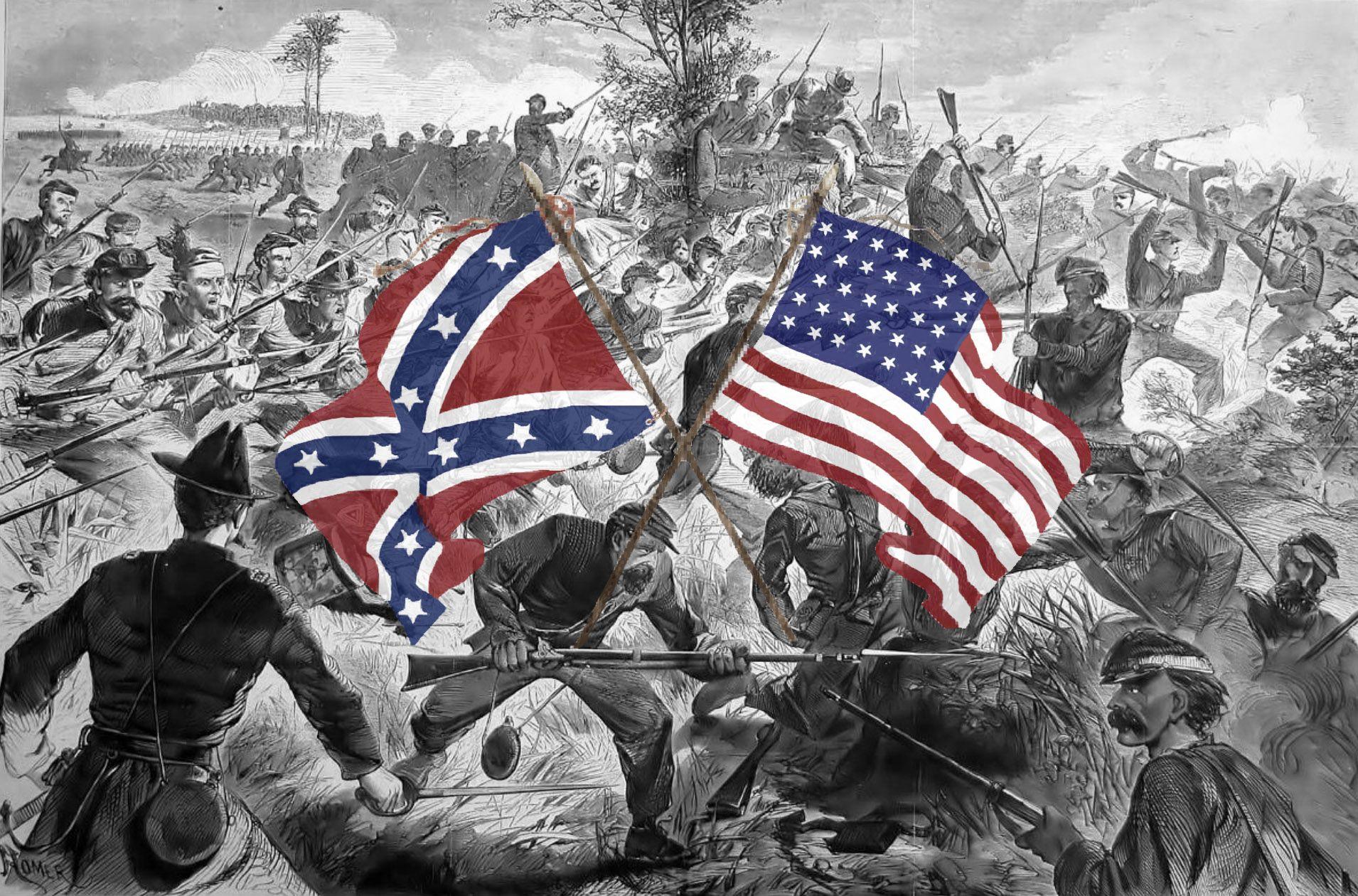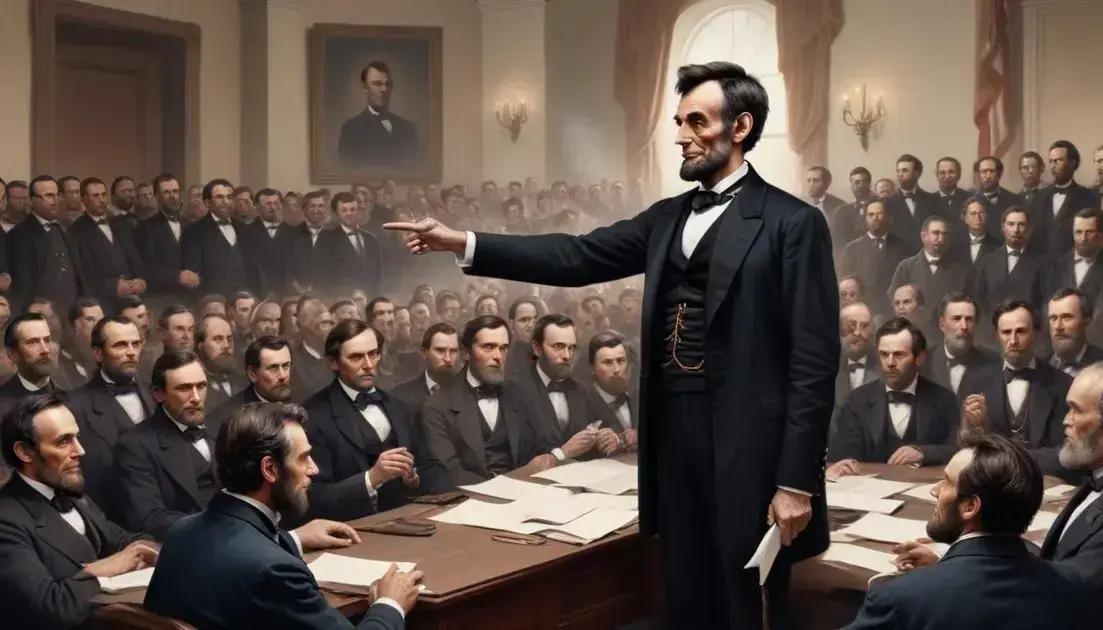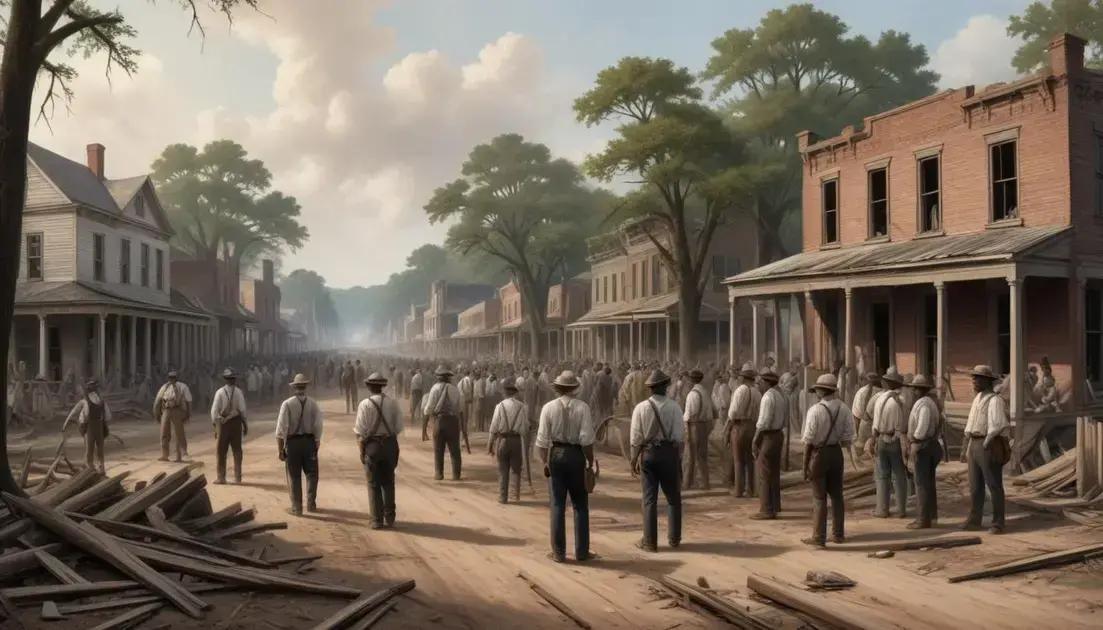
The History of the American Civil War and Its Consequences
Causes of the American Civil War
The American Civil War was a pivotal event in American history, fought between the Union (the Northern states) and the Confederacy (the Southern states) from 1861 to 1865. The war was sparked by a complex array of issues, primarily the disagreement over the institution of slavery and states’ rights. The Southern states, which relied heavily on agriculture and slave labor, felt that the Northern states were imposing their moral and economic values on them. The Northern states, on the other hand, saw slavery as morally wrong and wanted to abolish it. The debate over slavery had been ongoing for decades, but the election of Abraham Lincoln as President in 1860, who was opposed to the expansion of slavery, was the final straw for the Southern states.
The American Civil War was also fueled by economic and cultural differences between the North and South. The North was industrializing rapidly, while the South remained largely agricultural. The North also had a more diverse economy, with many cities and ports, while the South was more rural and dependent on cotton production. These differences led to tensions between the two regions, which ultimately boiled over into war. The war was not just about slavery, but also about the future of the United States and the balance of power between the federal government and individual states.
The War Itself: A Conflict of Brother Against Brother
The American Civil War began on April 12, 1861, when Confederate forces fired on Union troops at Fort Sumter in South Carolina. The war would go on to last for four years, with many bloody battles and devastating losses on both sides. The Union army, led by President Lincoln and generals like Ulysses S. Grant and William Tecumseh Sherman, had a significant advantage in terms of manpower and resources. The Confederacy, led by President Jefferson Davis and generals like Robert E. Lee and Stonewall Jackson, fought bravely, but ultimately could not overcome the Union’s superior numbers and firepower.
The war was fought on multiple fronts, with battles taking place in the Eastern and Western theaters. Some of the most significant battles included the First Battle of Bull Run, the Battle of Antietam, the Battle of Gettysburg, and the Battle of Vicksburg. The war also saw the introduction of new technologies, such as the railroad, the telegraph, and the submarine, which played important roles in the conflict. The American Civil War was a brutal and devastating conflict, with over 600,000 soldiers killed and many more civilians caught in the crossfire.
The Emancipation Proclamation and the Turning Point of the War
In 1863, President Lincoln issued the Emancipation Proclamation, which declared that all slaves in Confederate territory were free. This move was a significant turning point in the war, as it changed the purpose of the conflict from preserving the Union to also fighting for the abolition of slavery. The Emancipation Proclamation did not immediately free all slaves, but it paved the way for the eventual abolition of slavery with the passage of the 13th Amendment to the Constitution in 1865. The proclamation also helped to shift public opinion in the North against the South and in favor of the war effort.
The Emancipation Proclamation also had significant international implications, as it made it more difficult for European countries to support the Confederacy. The British and French governments had already been hesitant to intervene on behalf of the South, and the Emancipation Proclamation made it clear that the war was not just about states’ rights, but also about the moral issue of slavery. The proclamation helped to shift the momentum of the war in favor of the Union, and it paved the way for the eventual defeat of the Confederacy.
The Reconstruction Era: A Time of Great Change and Upheaval
The American Civil War came to an end on April 9, 1865, when General Robert E. Lee surrendered to General Ulysses S. Grant at Appomattox Courthouse in Virginia. The war was followed by a period of Reconstruction, during which the South was occupied by federal troops and attempted to rebuild and reorganize. The Reconstruction era was a time of great change and upheaval, as the South struggled to come to terms with the end of slavery and the rise of a new social and economic order. The 13th, 14th, and 15th Amendments to the Constitution were passed during this period, which abolished slavery, granted citizenship to former slaves, and protected their right to vote.
The Reconstruction era was marked by significant challenges and controversies, as white Southerners resisted the changes brought about by the war and the abolition of slavery. Many Southerners felt that the federal government was imposing its will on them, and they resented the presence of federal troops in their states. The Ku Klux Klan and other white supremacist groups emerged during this period, seeking to intimidate and terrorize former slaves and their supporters. Despite these challenges, the Reconstruction era laid the groundwork for the civil rights movement of the 20th century and the ongoing struggle for racial equality in the United States.
The Lasting Consequences of the American Civil War
The American Civil War had a profound impact on the United States, shaping the country’s politics, economy, and society for generations to come. The war resulted in the abolition of slavery, which was a major moral and humanitarian achievement. The war also led to a more centralized federal government, which played a significant role in shaping the country’s economy and society. The war also had a profound impact on American identity, as it forced Americans to confront the contradictions between their ideals of liberty and equality and the harsh realities of slavery and racism.
The American Civil War also had significant long-term consequences for American politics, as it led to the rise of the Republican Party and the decline of the Democratic Party in the South. The war also led to a period of industrialization and economic growth in the North, which helped to establish the United States as a major industrial power. The war also had a lasting impact on American culture, as it inspired a generation of writers, artists, and musicians to explore the themes of freedom, equality, and American identity. Today, the American Civil War remains a powerful symbol of the ongoing struggle for freedom and equality in the United States, and its legacy continues to shape American politics, culture, and society.
The American Civil War also led to a more united country, with a stronger central government and a more unified economy. However, the war also left deep scars and divisions that continue to affect American society today. The war created a new era of American politics, with the Republican Party emerging as a major force in American politics. The American Civil War also had significant consequences for the Native American population, as the war led to increased westward expansion and the forced relocation of many Native American tribes.
The American Civil War was a pivotal moment in American history, and its consequences continue to shape American society today. The war was a brutal and devastating conflict that resulted in the deaths of over 600,000 soldiers and civilians. However, the war also led to a more united and equal society, and paved the way for the civil rights movement of the 20th century. The American Civil War will always be remembered as a turning point in American history, and its legacy continues to inspire and challenge Americans today.


